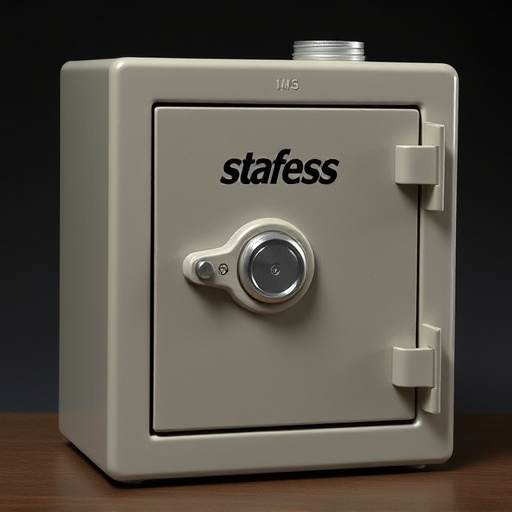TL;DR:
Secret storage, particularly using everyday items like deodorant bottles for stashing, poses significant risks for both law enforcement and individuals. These hidden compartments are nearly indistinguishable from regular items, making them attractive for illegal activities or securing personal belongings discreetly. Consumers should be aware of these tactics, developing a critical eye for detail and checking product authenticity to avoid deceptions. While seemingly appealing, secret storage within everyday objects is often not secure, leaving them vulnerable; instead, reliable alternatives like lockable safes or password-protected online storage are recommended for better protection.
Uncover the hidden dangers of covert storage, particularly within everyday household items like deodorant. This article explores the concept of secret compartments designed to hide valuable items or illicit substances, focusing on their increasing prevalence and potential risks. We demystify the process of identifying fake cleaning products used for clandestine storage, offering practical advice on safe-keeping alternatives. Learn how to recognize risky practices and protect yourself from unexpected hazards associated with concealed stashes, especially in everyday objects like deodorant bottom compartments.
- Understanding Covert Storage: The Concept and Its Potential Risks
- Unmasking the Secret: Identifying Fake Household Cleaning Products
- Safe Keeping: Alternatives to Hidden Compartments for Storing Personal Items
Understanding Covert Storage: The Concept and Its Potential Risks
Understanding Covert Storage refers to the practice of hiding or disguising a storage space within everyday items, particularly in household products. A common example is using the bottom compartment of a deodorant bottle as a secret storage area. This seemingly innocuous act can pose significant risks, especially when it comes to storing sensitive or illegal items. With a bit of modification, these hidden compartments can be nearly indistinguishable from their regular counterparts, making them an attractive option for those looking to hide or transport illicit substances or personal belongings discreetly.
The potential risks associated with covert storage are multifold. For law enforcement agencies, it poses challenges in detecting and intercepting illegal activities. Moreover, individuals may fall victim to the allure of easy access to hidden spaces, leading to unintentional security breaches or the compromise of confidential information. Thus, while the concept may seem intriguing, it’s essential to recognize the potential consequences and promote awareness to mitigate these risks effectively.
Unmasking the Secret: Identifying Fake Household Cleaning Products
Unmasking the Secret: Identifying Fake Household Cleaning Products
In today’s market, it’s easier than ever to stumble upon counterfeit cleaning products masquerading as genuine brands. These fraudulent items often find their way into our homes through clever secret storage tactics, such as hidden compartments in everyday objects like deodorant or even the bottom of food packaging. Consumers may not realize they’ve purchased a fake until it’s too late, putting their health and home safety at risk.
To avoid being deceived, it’s crucial to develop a keen eye for detail. Examine product labels closely; fake goods often bear poorly printed or misspelled information. Look for hallmarks of quality, like reliable packaging materials and secure seals. If a product seems too good to be true in terms of price, it might be a red flag. Additionally, checking reviews from trusted sources can provide valuable insights into the authenticity of cleaning products before making a purchase.
Safe Keeping: Alternatives to Hidden Compartments for Storing Personal Items
Many people opt for covert storage solutions, like hidden compartments in household cleaning products, to keep personal items secure. While a deodorant bottom compartment can seem like an innocuous place to store something valuable, this method isn’t always reliable or safe. Hidden spaces within everyday objects may not be as discreet or foolproof as they seem, and there’s always the risk of discovery, especially if the item is missing for an extended period.
Instead of relying on secret storage in household products, consider more subtle and secure alternatives. For instance, small, lockable safes or boxes designed to blend in with your decor offer better protection. These can be placed behind a bookshelf, under a bed, or even built into a wall. Additionally, using password-protected online storage or safe deposit boxes provide an extra layer of security for valuable items, documents, and even liquids like deodorant that you wish to keep hidden yet accessible.
Covert storage, while seemingly innocuous, poses significant risks by facilitating the concealment of illegal or dangerous items. After exploring the concept and its dangers, we now understand that identifying fake household cleaning products is a crucial step in recognizing these hidden threats. Fortunately, there are safer alternatives to secret compartments like the bottom of deodorant containers. By adopting these measures, we can ensure our homes remain secure spaces without resorting to clandestine storage methods.
